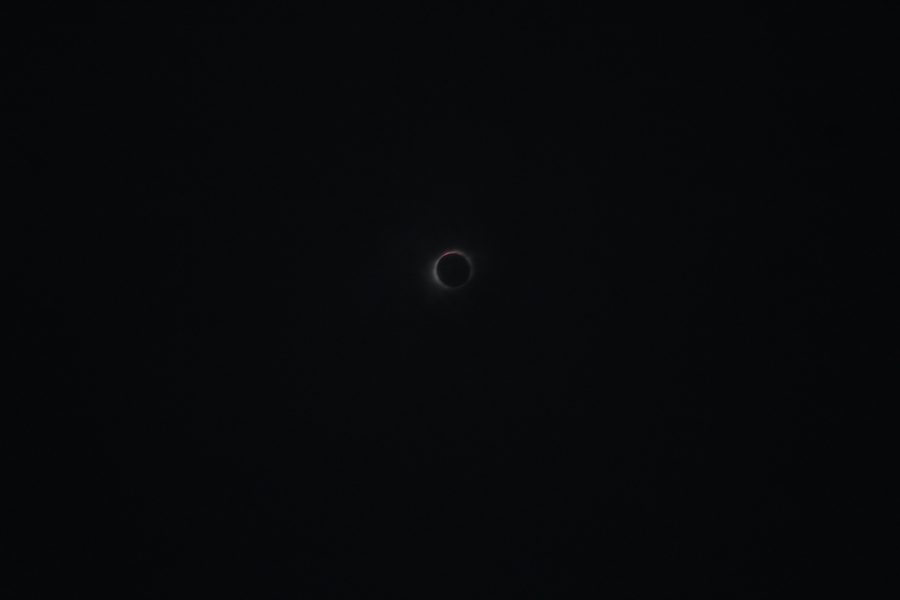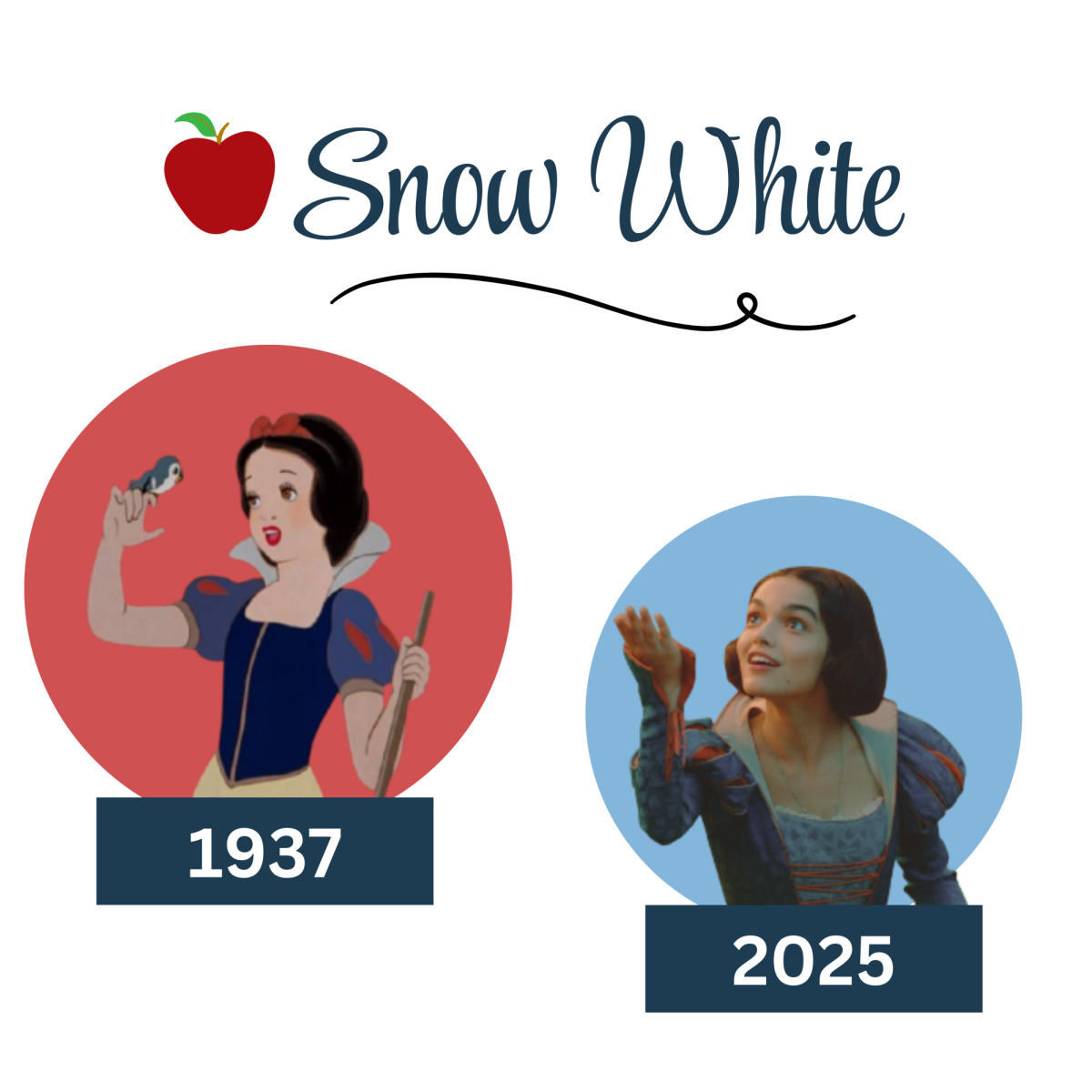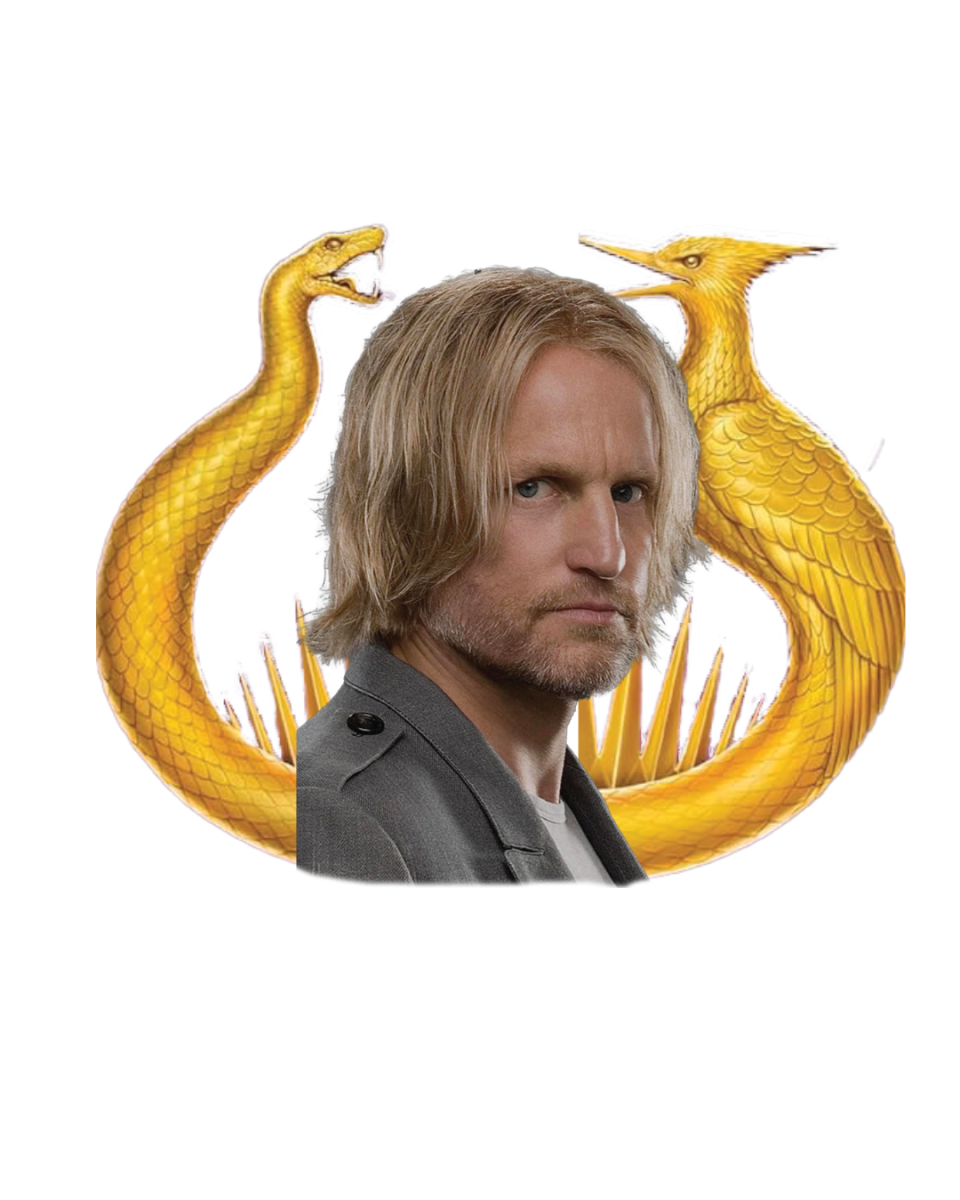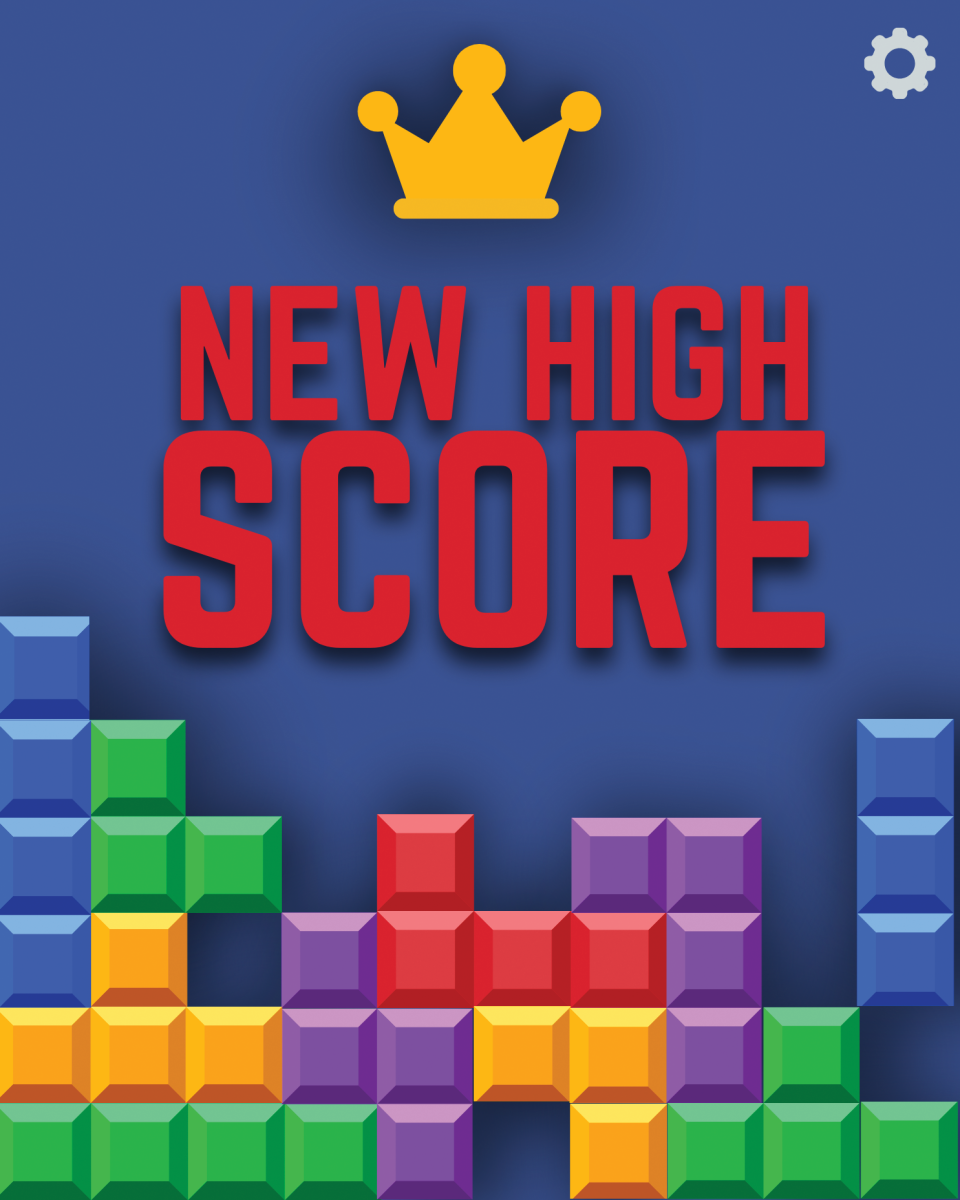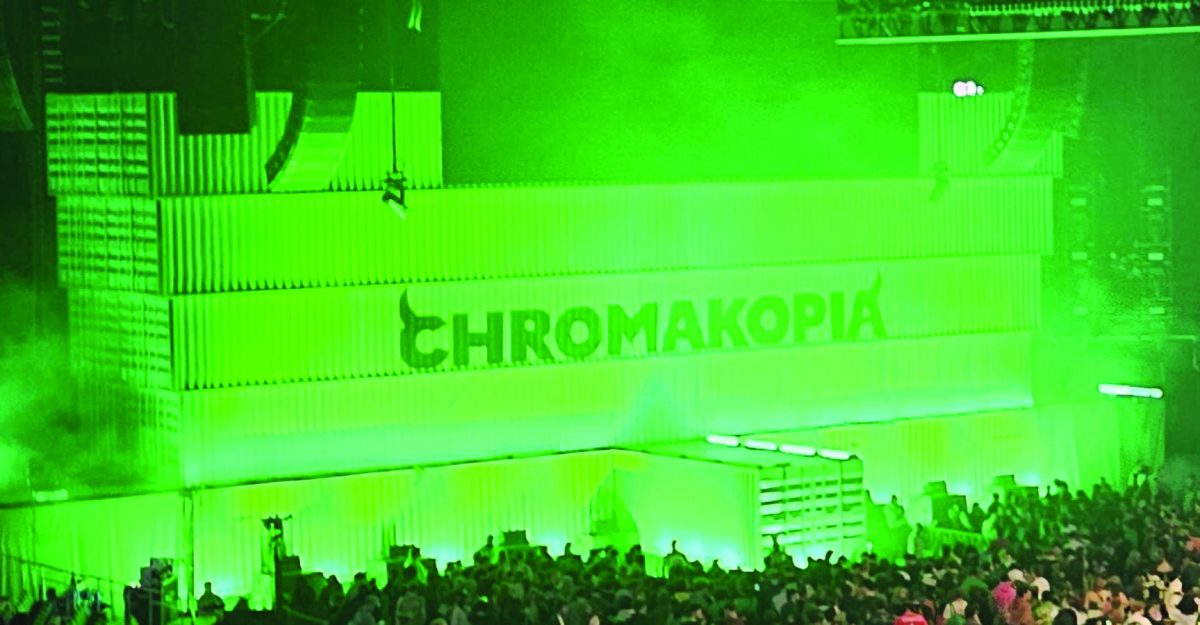By: Kelsey Blum –
LSE students and staff joined hundreds of millions of people Monday afternoon as they marched out to the LSE practice field, carefully put on their protective eyewear and craned their necks upward to watch history in the making. As the moon slowly covered the sun, creating a total solar eclipse that turned day into night, sounds of celebration – clapping and cheering – erupted amongst the gathering. The Solar Eclipse took place on August 21st, 2017 at 1:02 pm.
LSE junior Van Sundling said he couldn’t wait for the solar eclipse to happen. He enjoyed being able to share the moment with his friends at LSE because it isn’t everyday that you get to see something like this. “This experience was amazing! It was like a light was on and someone just turned the light off on you,” Sundling said.
In order for a solar eclipse to happen, the moon has to orbit in between the sun and earth, creating a shadow on Earth. “According to CNN, the next solar eclipse will occur in 2024.” During an eclipse, the sky will slowly become dark as there is only a crescent of the sun left as the moon passes by. Once it is completely dark the sun’s corona is the only thing that you will be able to see. After the total eclipse is complete you will slowly be able to see the sun again.
Junior Navaeh Madlock found it hard to describe the experience and was almost at a loss for words for how it made her feel. Like many students at Southeast, this event definitely spiked an interest into astronomy. “[The solar eclipse] was fun, interesting, and makes me want to go take a science class,” Madlock said.


